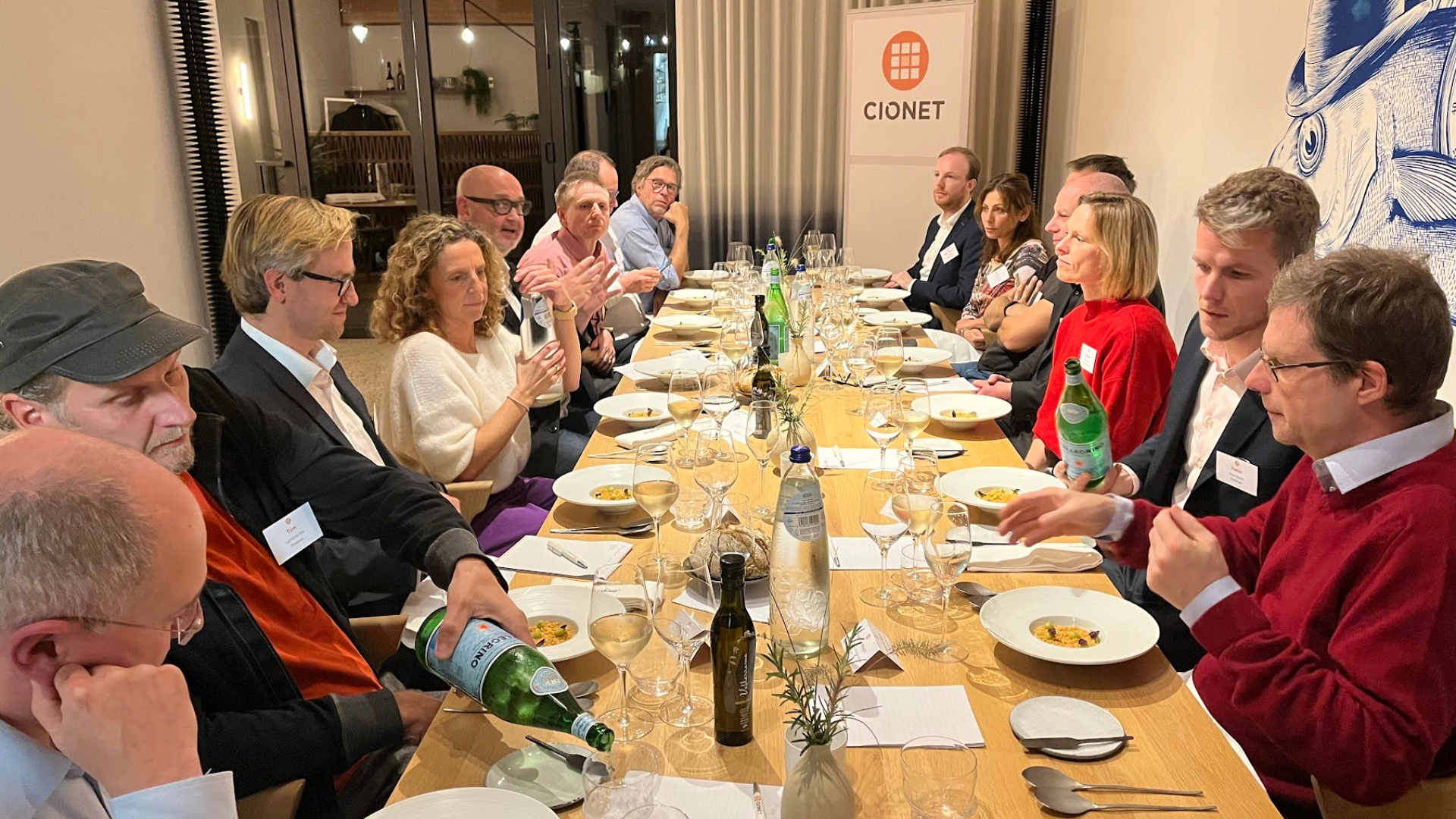-1.png)
Blog article based on the discussions at the Roundtable set up by CIONET and ADOBE on November 16, 2023, by Stef Gyssels from Adobe.
At the CIONET round table discussion in November, the central theme of Generative AI was at the heart of the conversations between all attendants. Dreams of shorter times to market and a cost-efficient and efficiency-boosting future alternated with cautious approaches to what is feasible today. Yet everyone agreed that Toyota Motor Europe’s example, as told by their Manager Network Transformation Dirk Christiaens, of integrating genAI in an entire customer journey strategy was a truly inspiring one.
As the central product planning, sales and marketing and communication hub and in charge of the business strategy for the entire EU and beyond, Toyota Motor Europe (TME) can be rightly called the living and breathing heart of Toyota in Europe. It coordinates all of the above functions for the region, as well as the design, research and development of Toyota’s future models. It is playing a key role in Toyota’s transition to a mobility company and its development and use of connected technologies. “TME is driven by innovation”, adds Dirk Christiaens, “leading to the development of major model changes for our small and compact vehicles such as Yaris and Corolla, and to the central coordination of sustainability and ESG-related activities across the company and beyond.”
TME thus fits perfectly into the corporate Toyota philosophy of embracing technology and innovation as a means to the ultimate end: improving the society as a whole and form the future fabric of life. With the Woven City near mount Fuji as the ultimate test area, Toyota is continuously striving to become the ultimate mobility company. “I can’t wait for the 2024 Olympics to begin, where we will be able to showcase many of our innovations”, Dirk announces.

The quest for the ideal connection between technology and human is also clearly visible in TME’s current view on the customer journey. Dirk Christiaens explains the challenge: “We noticed, on the one hand, that there was huge interest in our cars and models online and, on the other hand, that a limited percentage of this interest led to actual sales. We needed to ensure that the journey from interest to sale became more simple, seamless and transparent.”
To reach this goal, TME first started to create one single overarching digital platform. “We needed to get rid of the silos”, Dirk says, “and the many separate tools, and use this one single platform so that all regions can benefit from any improvement made to the user experience. But we also needed to ensure a relevant experience for every audience, and this can vary a lot from region to region. The driving range for electric cars can be very different for customers in France as compared to those in Sweden. Our Adobe-based platform allows us to achieve this homogeneous and yet tailor-made platform.”
The next step was to extend this digital experience into the real-life, mostly analog world of the Toyota dealers throughout the region. This required some engagement from the dealers’ sales teams, to start with. “You cannot afford to have an interested customer come to the dealership after configuring their ideal car, and to have to repeat all the steps you had already taken online”, says Dirk Christiaens. But TME also significantly contributed to the enhancement of the customer experience within the dealer lots, adds Dirk: “We are actively supplying all dealers with several screens so that they can provide the customers with interactive content while waiting for their car to be serviced. Ideally, this will lead to 9 or 10 different experience areas to increase the customers’ interest, satisfaction and delight.”
Creating enough engaging content to optimise the customer journey, however, requires huge amounts of video and other types of content, geared to each audience, remarks Dirk: “The demand for content is growing exponentially, huge budgets are spent on videos for local consumption. We try to make as many videos as possible for general use, but the reality is that a Mediterranean customer can hardly relate to videos of cars travelling through the snow.”
This is one of the areas where generative AI can play an important role, states Dirk Christiaens: “We are eagerly exploring the possibility of using existing image material as the basis for personalised and localised content, both for static and moving images. Our focus will thus shift from content creation to content editing, which will allow us to keep up with the demand for content in a cost-effective way, while still generating the right content for each audience.”
There are still other areas where Dirk can see the use of technology benefiting the customer experience – such as heatmaps that indicate the customers’ preferences and activities inside the dealership – or even the customers’ lives – for instance when AR technology can be used to convince people with disabilities that they can still drive a car. “We go ahead with great caution in all areas, making sure that we respect people’s privacy and their lives. But I’m convinced that we can make a difference for our customers’ mobility and their quality of life in general.”
--
These Stories on CIONET Belgium
No Comments Yet
Let us know what you think